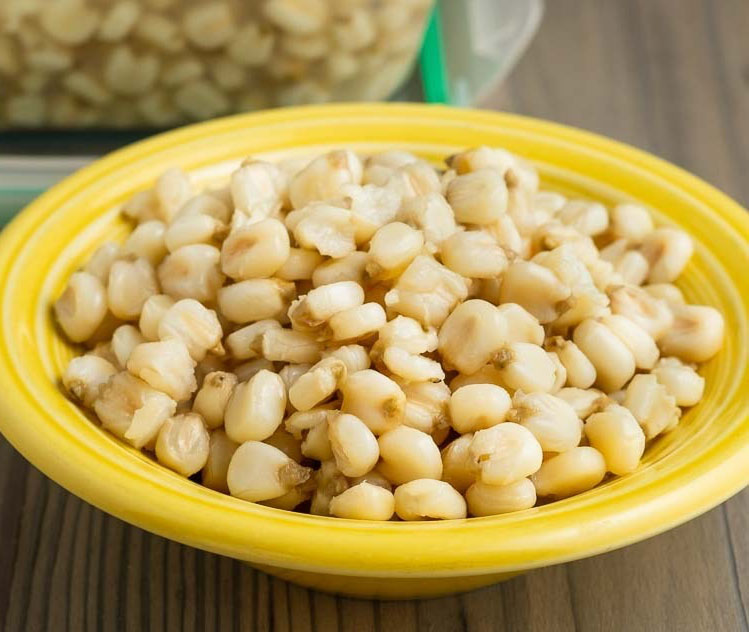Alright, so the other day I was rummaging through my pantry, trying to figure out what to make for dinner. My eyes landed on a can of hominy I’d bought a while back, probably with intentions for a hearty soup or something. It got me thinking, you know? I’ve eaten hominy plenty of times, especially in Mexican dishes, but I realized I didn’t actually know much about what’s in it, nutritionally speaking. So, I figured, why not do a little digging? It’s always good to be informed about what we’re putting into our bodies.

My first step, as always, was to grab the can itself. I squinted at the label – the usual stuff was there, calories, fat, sodium. But I wanted a bit more of a complete picture. So, I decided to fire up the old computer and do a quick search. Nothing fancy, just typed in “hominy nutrition info” to see what popped up. I spent a bit of time sifting through various sources, trying to get a consistent overview.
Here’s what I gathered from my little research session:
I started by looking at a standard serving size, usually about a cup of cooked hominy. It’s made from corn, so I expected some things, but there were a few interesting bits.
- Calories: It wasn’t super high in calories. Depending on the brand and whether it’s plain or has added stuff, a cup seems to hover around 120 to 150 calories. Not too shabby, I thought.
- Carbohydrates: This is where most of the calories come from, which makes sense since it’s corn. A good portion of these carbs is actually fiber.
- Fiber: This was a pleasant find! Hominy is a pretty decent source of dietary fiber. We all know fiber is good for digestion and can help you feel fuller for longer. I was happy to see that.
- Protein: It’s got some protein, not a huge amount like you’d find in meat or beans, but it contributes a few grams. Every little bit helps, right?
- Fat: Very low in fat, which is definitely a plus. Most of the hominy I looked at had less than 2 grams of fat per cup.
- Vitamins and Minerals: Now, this is where it gets interesting because of how hominy is made. That process, nixtamalization, where the corn is soaked in an alkaline solution, actually does some cool stuff. It makes niacin (a B vitamin) more available for your body to absorb. I also saw mentions of small amounts of other minerals like calcium (especially if lime was used in the processing), phosphorus, and sometimes iron or zinc, but the amounts can vary.
- Sodium: This is the one to watch out for, especially with canned hominy. Some brands can be quite high in sodium. I made a mental note to always check the label and to rinse canned hominy thoroughly before using it, or look for low-sodium versions if they’re available.
So, after my little investigation, what’s my takeaway? Well, I feel pretty good about including hominy in my meals from time to time. It’s not some miracle food, but it’s a solid source of fiber, low in fat, and provides some energy. The way it’s processed to unlock certain nutrients is quite fascinating, really. I’ll definitely keep using it in stews and maybe even try it in some new ways. It was a good reminder to be curious about our food and to take a few minutes to learn what we’re eating. Simple, but satisfying to know!









